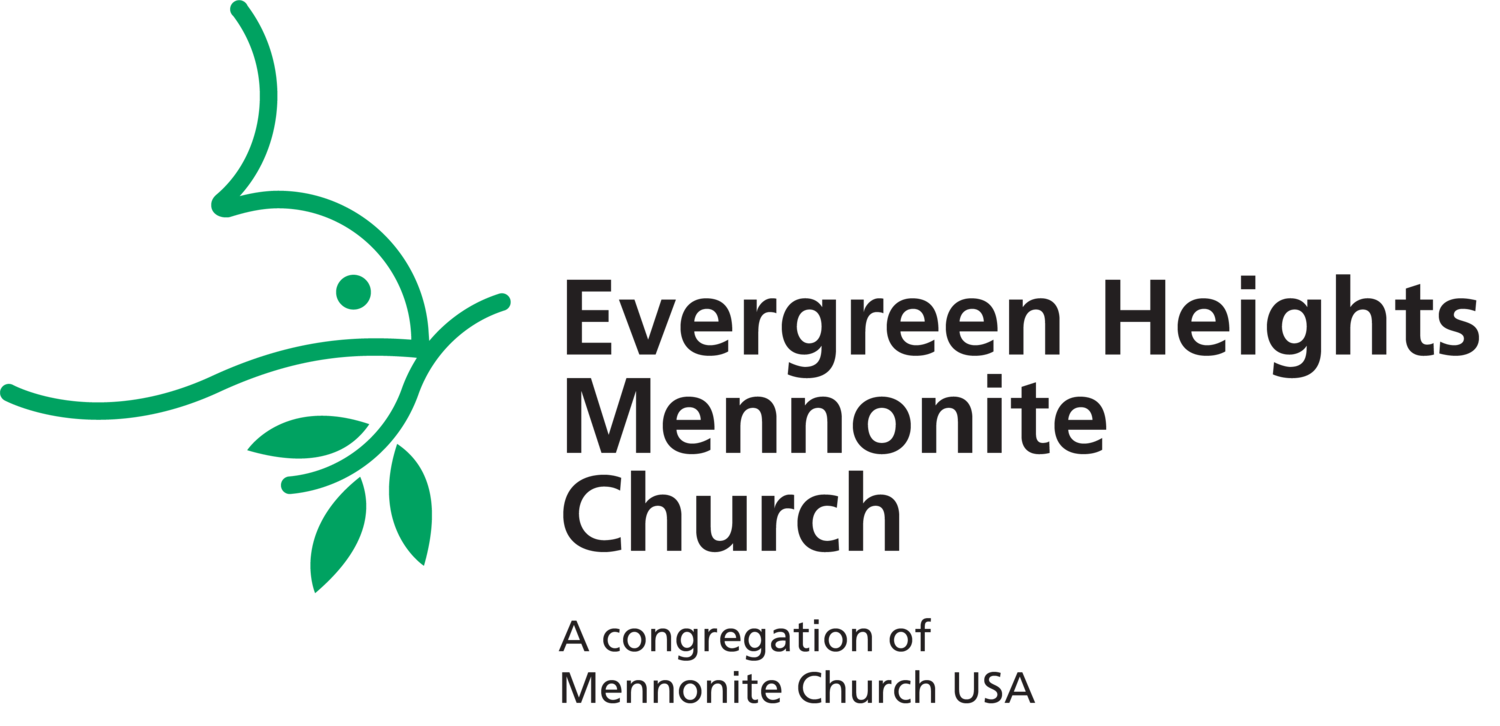A Typical Sunday at EHMC
Our Sunday mornings begin with volunteers coming a little early to open up the church, start the coffee and set out refreshments. Others then join them to fellowship, catch up with one another, and get acquainted with new faces. At 9:45 a.m. people disperse to classes, divided up into age groups, for Bible learning and discussion. These classes are full of stories, some hands-on activities, looking at scripture, dialogue, discussion, questioning, and exploring.
Around 10:45 a.m. everyone comes together for an inter-generational worship service where we gather to hear God in a variety of ways. This hour of community worship if filled with singing, Bible reading, prayer, children’s story time and sharing. It is a time in our week where we are renewed and encouraged to continue our daily living with Jesus as the center of our moving and being.
After worship we enjoy more fellowship and conversation as people are comfortable and have time.
Many might confuse our congregation with more “conservative” Mennonite churches, since the “Mennonite” name is used in many diverse communities. We here at EHMC dress like most common people you’d see around town. So, don’t worry about what to wear!
We want you to know that whomever you are and wherever you may be on your faith journey, you are welcomed, included and loved.
Our Mission Statement
God calls us to be a loving, growing, and welcoming community. By following the Holy Spirit and maintaining a relationship with Christ, we seek to live as witnesses of Him, offering healing and hope to the world.
Our History
Evergreen Heights Mennonite Church was officially accepted as a member of Pacific Northwest Mennonite Conference and Mennonite Church USA in 2003. In December, 2001, a group of Anabaptist families began meeting regularly for worship and Bible study, first in homes, then in a meeting room at the Best Western Hotel in Caldwell, Idaho. By Easter Sunday, 2002, a property on Canyon Hill in Caldwell had been purchased. This gave a sense of home where hospitality, healing and hope could be offered. Christian education, mission activities, worship and fellowship directs our life together. Evergreen Heights church family is also involved locally with other significant ministries in our community.
Mennonite History
Mennonite roots reach back in history to the Protestant Reformation in the 16th century. The first Mennonites, originally known as Anabaptists because they were rebaptized as adult believers, came mainly from Switzerland and Germany and were influenced by leaders such as Martin Luther, Ulrich Zwingli, George Blaurock, Conrad Grebel and Felix Manz.These Swiss/German faithful, but outspoken, men felt called to contest the rules of the State and Church and made their break away from the Catholic Church. As an act of commitment to their newfound faith in the scriptural teachings of the Bible rather than the State rules, they gathered one evening in a home in Zurich, Switzerland on a cold day in January 1525. They professed their faith in God and in the Bible and chose to baptize one another as adults, thereby refusing obedience to the State. They and other followers of this new political and spiritual movement became the hunted and many were tortured and martyred for their faith. They continued to preach and teach while fleeing those who hunted them. The movement grew throughout Europe but struggled because of the deep persecution by the church and government.Menno Simons, a Dutch priest serving in northern Netherlands converted to the Anabaptist faith around 1536 and became a dynamic leader for the struggling group. Because of his influence and leadership, the group became known as Mennonites. In Germany in 1527 Michael Sattler wrote The Schleitheim Confession of Faith during a Swiss Brethren conference. The purpose of the conference was to meet and clarify beliefs in order to counter some of the charges that were being made against the Anabaptists. Basic tenets of faith that provide a foundation of belief include:
Separation of church and state, serving God is of higher value over service to the State
Practice of peace and non-resistance and refusal to use the sword
Adult faith proclamation and baptism
Priesthood of all believers
Biblical teachings as demonstrated through Jesus and his teachings
Simple lifestyle and value of community
These teachings have served Mennonites well over the years. While new confessions of faith have been written this original one laid the foundation for all later confessions. Other important documents include the Martys Mirror, a collection of martyr stories and illustrations, and the many writings of Menno Simons.




